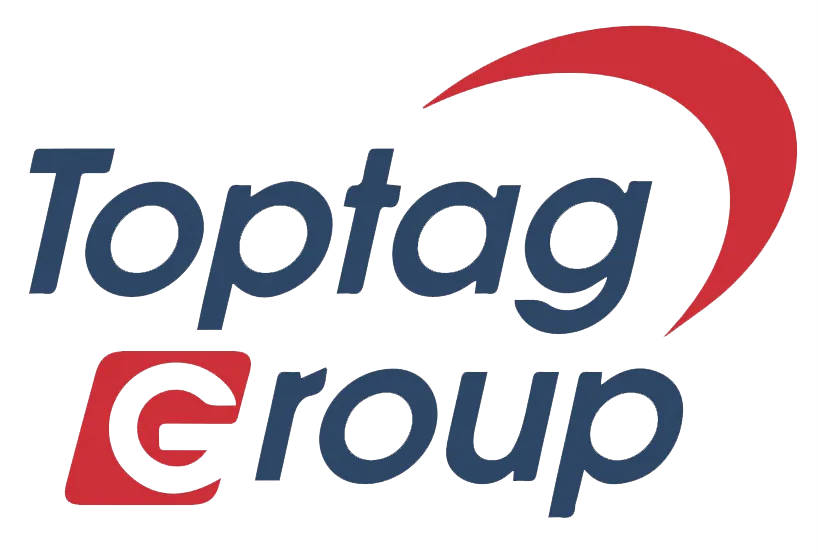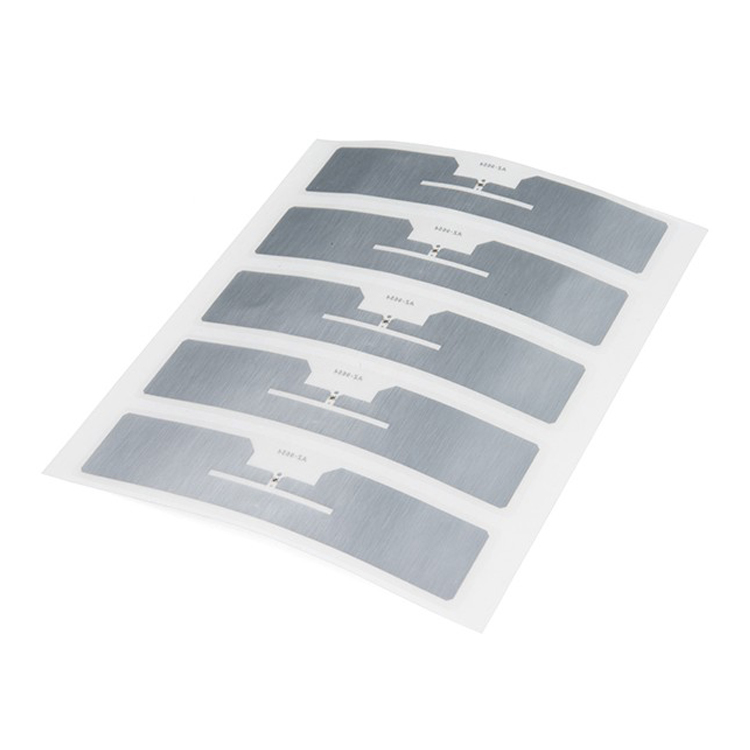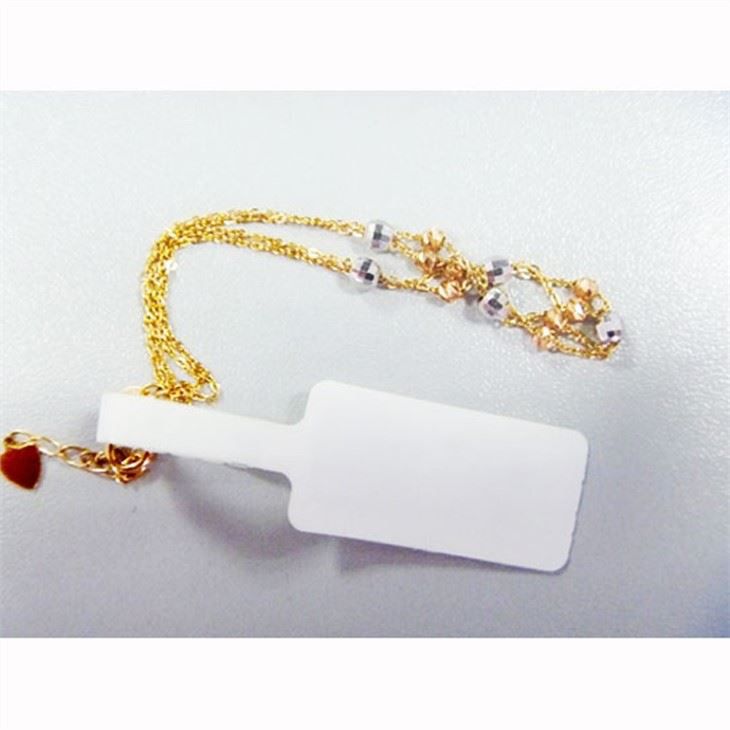Radio frequency identification (RFID) technology is a wireless communication technology that can transmit data through radio frequency signals between electronic tags (also known as RFID tags or RFID tags) and readers. Ultra High Frequency (UHF) RFID tags are a specific type of RFID tags that typically operate at frequencies between 860 MHz and 960 MHz. UHF RFID tags have many benefits, some of the main ones are as follows:
Long-distance reading: UHF RFID tags have a long reading range, and can read tag information at a distance of several meters or even farther. This makes UHF RFID suitable for applications that require long-distance scanning or fast reading of large numbers of tags, such as inventory management and logistics.
High efficiency: UHF RFID technology can realize fast and efficient label scanning. In a short period of time, the reader can read multiple tags at the same time, which helps to improve work efficiency, especially in environments that need to handle a large number of items.
Multi-tag processing: UHF RFID systems are capable of processing multiple tags at the same time without having to scan each tag one by one. This is useful for scenarios where multiple items need to be identified simultaneously, such as inventory management and stocktaking in retail stores.
Automation and reduced manual operation: UHF RFID technology can realize automatic data collection and tag identification, thereby reducing the need for manual operation. This helps reduce labor costs, improve accuracy and reduce errors.
Real-time tracking and monitoring: Using UHF RFID tags can realize real-time item tracking and monitoring. This is useful in logistics, supply chain management, and tracking of high-value items, improving item security and traceability.
Environmental adaptability: UHF RFID tags are suitable for many environments, including indoors and outdoors. They can work normally under various temperature and humidity conditions, so they are stable in different application scenarios.
Scalability: UHF RFID systems can be easily expanded to adapt to changing needs. New tags can be easily added to the system without requiring significant infrastructure changes.
Data storage capacity: UHF RFID tags can store a certain amount of data, such as product information, production date, batch number, etc. This information can be programmed on the tag and passed to the reader when read.
In conclusion, UHF RFID tags have broad application prospects in many fields, from logistics and supply chain management to retail, manufacturing, healthcare, etc. Their benefits make them a powerful tool for automatic identification and data collection.
Related Products






